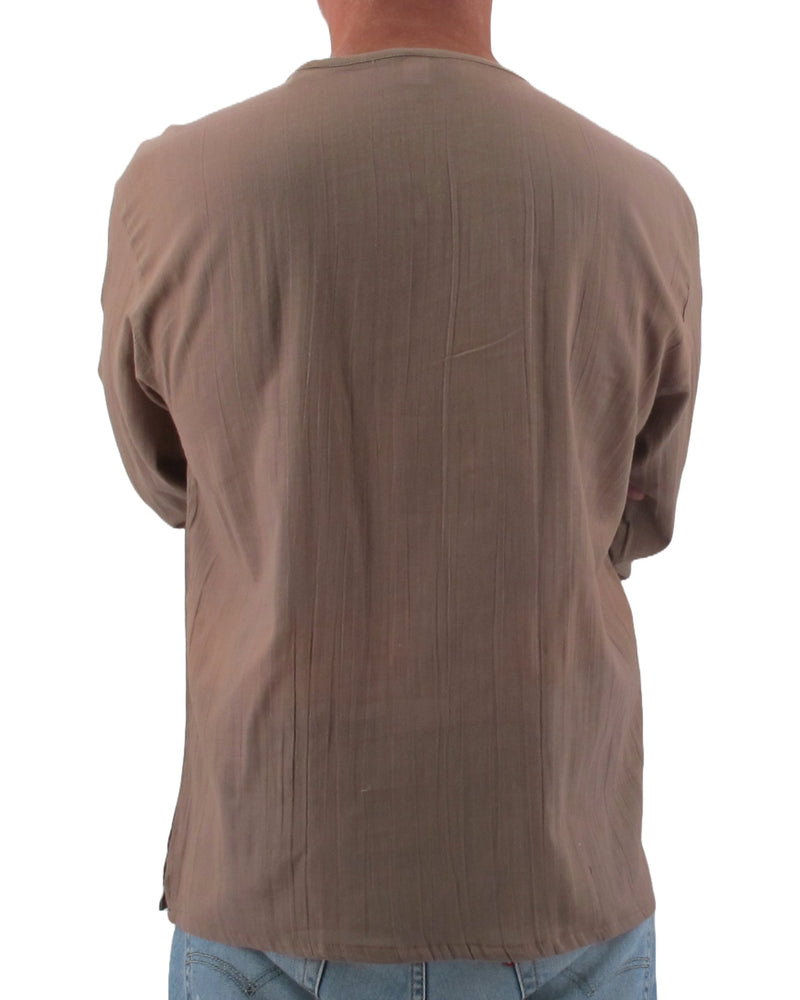
The Dual Impact of Global Warming and UV Light: Embracing Light Breathable Clothing

Global warming, fueled by the rapid increase in greenhouse gas emissions, is a pressing concern that has far-reaching consequences for our planet. As temperatures rise, so do the risks associated with prolonged exposure to ultraviolet (UV) light. This article explores the intersecting challenges of global warming and UV light exposure, emphasizing the importance of adopting light breathable clothing as a protective measure.
Global Warming and UV Light Connection
The Earth's rising temperatures due to global warming have led to changes in atmospheric conditions. The ozone layer, which protects us from harmful UV rays, has become thinner in certain regions, allowing higher levels of UV light to penetrate the atmosphere. This presents a double-edged sword: the combination of elevated temperatures and intensified UV exposure can have adverse effects on both the environment and human health.
UV Light Effects on the Skin and Body
UV light, particularly UVA and UVB rays, can lead to various skin issues and health concerns. Prolonged exposure to UVB rays can cause sunburn and contribute to skin aging, while UVA rays penetrate the skin more deeply, potentially causing DNA damage and increasing the risk of skin cancer. Additionally, UV rays can weaken the immune system, making it more challenging for the body to fend off infections and illnesses.
 Global Boiling and Skin Health
Global Boiling and Skin Health
The term "global boiling" metaphorically highlights the rising temperatures caused by global warming. As these temperatures soar, our skin is exposed to intensified UV radiation. This can lead to quicker dehydration, increased risk of heat-related illnesses, and even aggravated skin conditions. The importance of sun protection measures, such as applying sunscreen and wearing appropriate clothing, becomes paramount in such conditions.
The Role of Light Breathable Clothing
Light breathable clothing serves as a vital shield against the harmful effects of UV radiation and excessive heat. Clothing designed to offer UV protection can block a significant portion of UV rays from reaching the skin. Additionally, garments made from lightweight and breathable fabrics allow for better airflow, keeping the body cooler and reducing the risk of heat-related ailments.
Benefits of Light Breathable Clothing
- UV Protection: Light breathable clothing with built-in UV protection acts as a barrier, reducing direct exposure to harmful UV rays.
- Comfort: Breathable fabrics like cotton, linen, and moisture-wicking materials help manage body temperature and prevent overheating.
- Skin Health: These garments minimize the risk of sunburn, premature aging, and skin cancer, promoting overall skin health.
- Sustainability: Many light breathable clothing options are eco-friendly, using sustainable materials and production processes.
- Fashion and Style: Light breathable clothing offers a variety of styles, ensuring that sun protection doesn't come at the cost of fashion.
ConclusionThe intertwined challenges of global warming and intensified UV light exposure necessitate proactive measures to protect our health and the environment. By embracing light breathable clothing, we can shield our skin from harmful UV radiation, reduce the risk of heat-related illnesses, and contribute to a more sustainable future. As temperatures continue to rise, making informed clothing choices is not just a matter of comfort but a crucial step towards safeguarding our well-being.




























0 comments